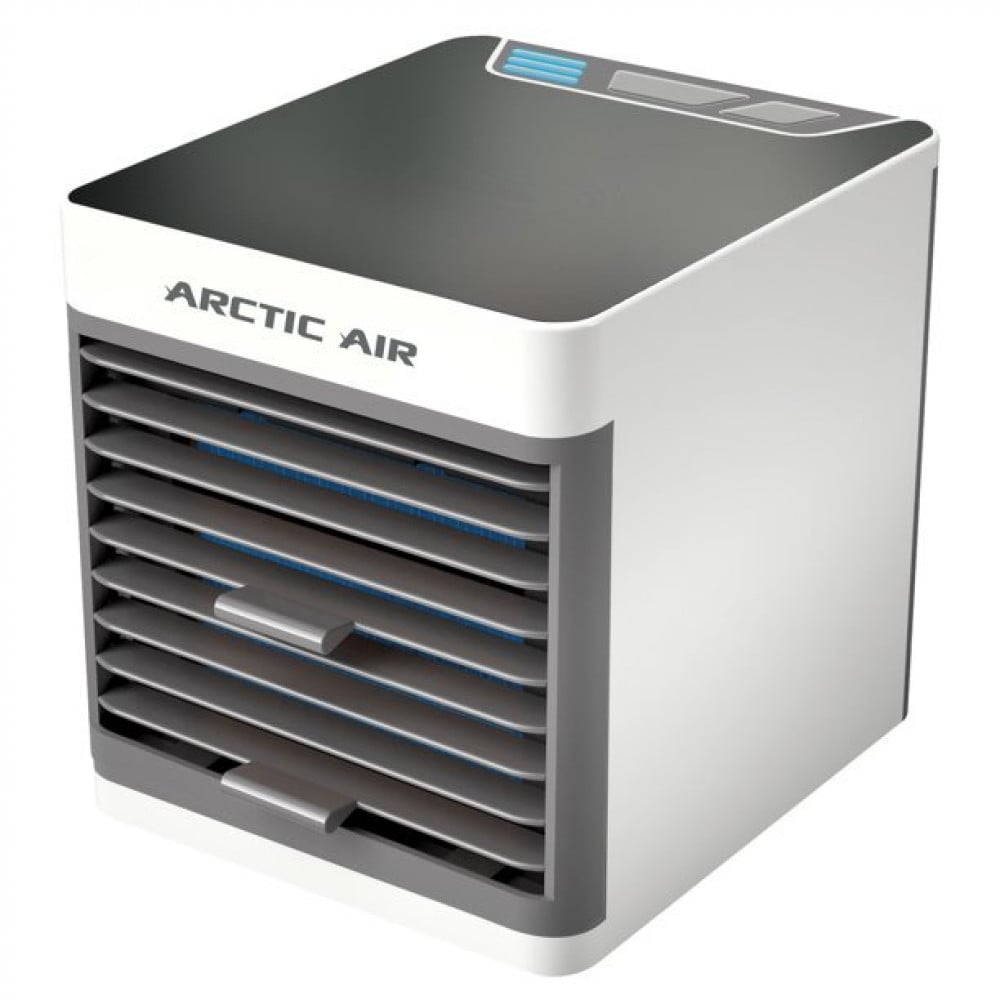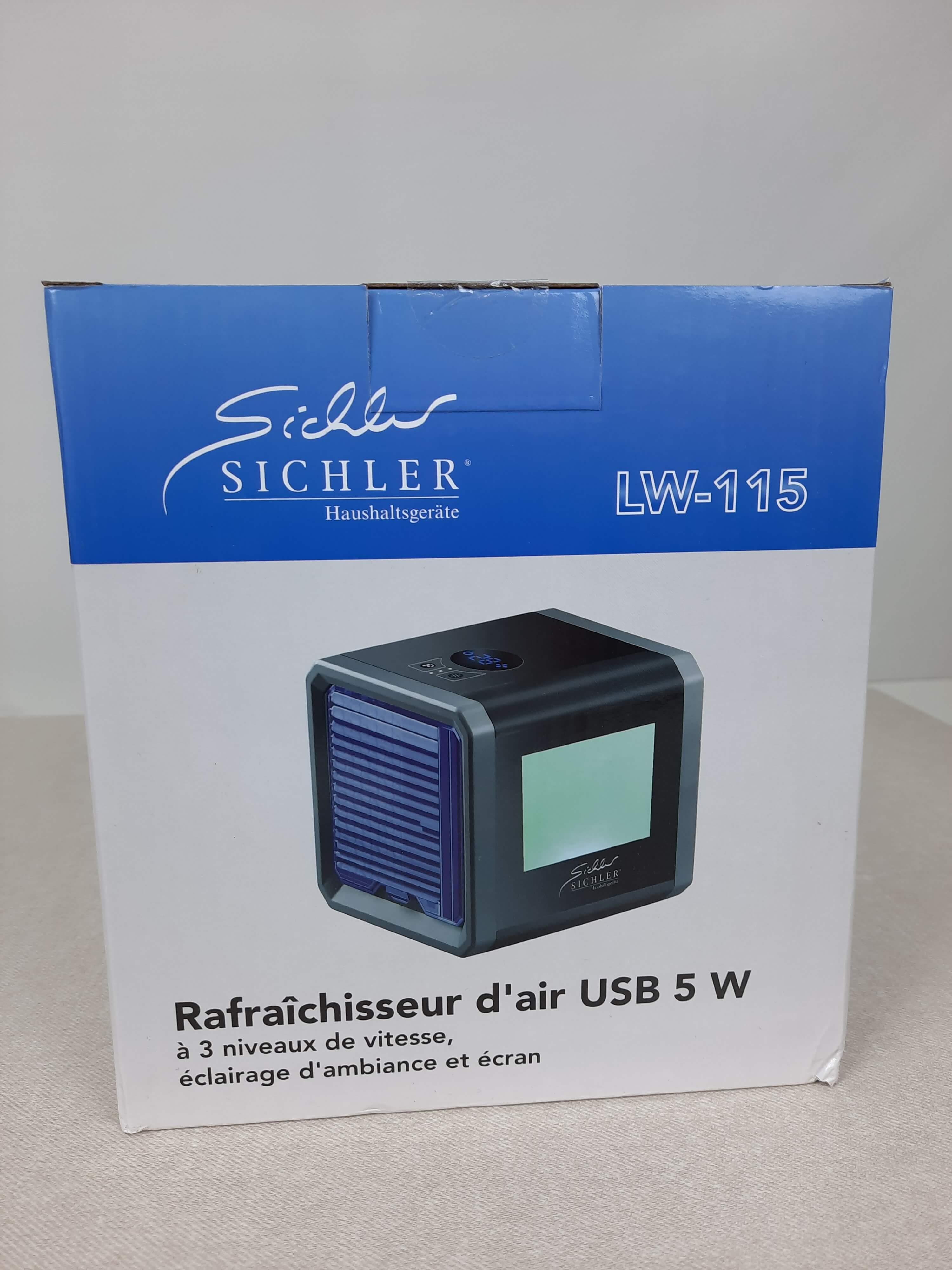
مبرد هواء فائق أرتيك آير بحجم صغير مزود بمنفذ USB - عجيب غريب جوال تابلت ساعات ذكية تابلت أطفال الكترونيات أدوات ألعاب

مكيف صحراوي صغير | مبرد هواء سعة 22 لتر مع جهاز تحكم عن بعد وتقنية اي بيور من سيمفوني، موديل رقم Diet22 i مع ضمان لمدة عامين

مكيف شحن | مكيف مبرد هواء صغير محمول شخصي مكتبي مع مروحة صغيرة يعمل بواسطة يو اس بي يرطب وينقي الهواء مع اضاءة ليد بـ7 الوان للمنزل والمكتب من ديكديل

مبرد هواء ثلاجة صغيرة ومروحة تبريد ومكيف هواء واحد ومرطب ومبرد هواء صغير ومبرد للهواء بميزة اضافة ماء (اللون: ابيض، المقاس: 28 × 26.5 × 70 سم).: اشتري اون لاين بأفضل الاسعار

مروحة تبريد الهواء مكيف هواء صغير لسطح المكتب مع ضوء ليلي USB صغير مروحة تبريد المياه المرطب لتنقية الصيف متعددة الوظائف - AliExpress

مبرد هواء فائق أرتيك آير بحجم صغير مزود بمنفذ USB - عجيب غريب جوال تابلت ساعات ذكية تابلت أطفال الكترونيات أدوات ألعاب

سعر جهاز مبرد الهواء المحمول بمنفذ USB، مبرد هواء صغير بمروحة قطبية للاستخدام الشخصي، جهاز تعديل رطوبة الجو بـ 3 سرعات قابلة للتعديل واضاءة LED ملونة، مروحة تبريد للمكتب والمنزل فى مصر


/product/60/082854/1.jpg?3984)











/product/70/695926/2.jpg?2166)
![مبرد الهواء المحمول 3 في 1 [تبريد/تنقية/ترطيب] - كتالوج مبرد الهواء المحمول 3 في 1 [تبريد/تنقية/ترطيب] - كتالوج](https://www.cattallog.com/wp-content/uploads/%D9%85%D8%A8%D8%B1%D8%AF-%D9%87%D9%88%D8%A7%D8%A1-%D9%85%D8%AD%D9%85%D9%88%D9%84.jpg)

